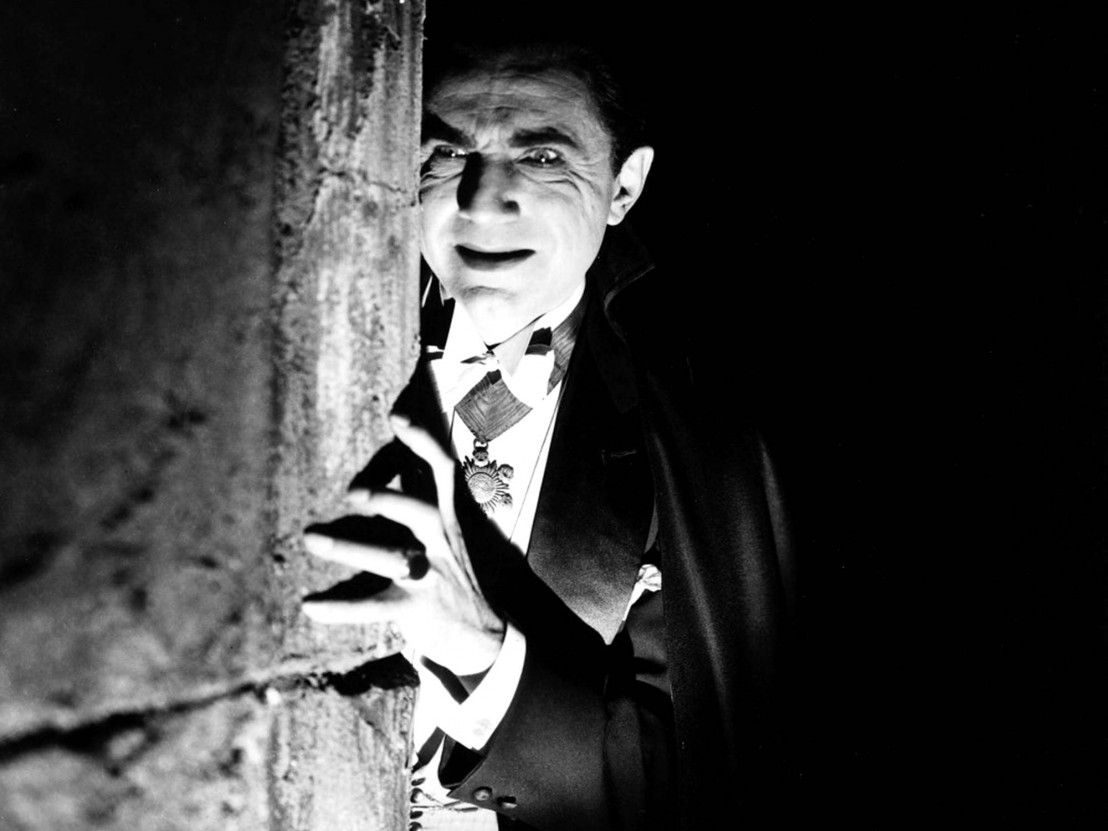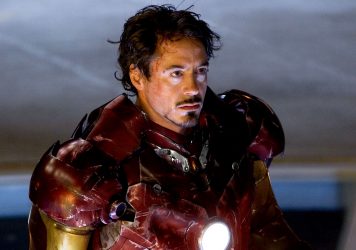
With Universal building its own shared universe, we look at how Dracula and co can compete with the Marvel machine.
In 1943 screenwriter and novelist Curt Siodmak, brother of film noir trailblazer Robert Siodmak, visited the Universal Studios lot to see a man about a dog. Or rather, a producer about a wolf man. It was nothing more than an elevator pitch, really, but it was enough to set George Waggner’s peepers ablaze with dollar signs: ‘Frankenstein Meets the Wolf Man.’
After the Universal Horror boom of 1931-36 came a changing of the guard. The Laemmles were ejected from the company they had founded in 1912, and the board had a tough decision to make. Deeming the horror genre déclassé, the Universal Monsters were dropped from the studio’s A-pictures roster, and a significant revenue stream dried up faster than a Californian riverbed during a drought. Horror films were Universal’s stock in trade. They turned a healthy profit and got the studio out of several tight financial binds.
After 1939’s Son of Frankenstein, a swathe of strictly B-grade sequels starring the reanimated cadaver were ordered. The multi-monster mash eventually led to Frankenstein Meets the Wolf Man and continued with 1944’s House of Frankenstein and 1945’s House of Dracula, before descending into outright farce when Count Dracula and Frankenstein’s monster (and other UM figures) teamed up with comedy duo, Abbott and Costello.
Universal is immensely proud of its horror heritage. And rightly so. Novelists Mary Shelley, Bram Stoker, HG Wells and Gaston Leroux might have been the ones to dream up such nightmare creatures such as Dracula, Frankenstein’s monster, the Invisible Man and the Phantom of the Opera, but Universal turned them into bona fide icons. It a piece of cine history that’s worth remembering as Universal prepares to resurrect its horror canon (according to Variety new films featuring Dracula, Van Helsing, the Mummy, the Wolfman and the Bride of Frankenstein are already in the works). The question is, can the Universal Monsters compete with the likes of Marvel and DC, not to mention a newly resurgent Star Wars?

In order to build a sustainable shared universe, the creative teams behind the great Universal Horror revival will first have to find a way of teaching some old dogs new tricks without negating what made them popular in the first place. Easier said then done, of course – while vampires have been a permanent fixture in film culture since 1931’s Dracula, the other creatures have drifted in and out of the public consciousness. How to make Frankenstein and his Promethean tragedy rise again? Does the Wolfman really have the mass appeal, let alone the nards, to succeed in a crowded marketplace? Will the Invisible Man simply fade away?
Perhaps the most exciting prospect among the proposed slate is a solo outing for the ‘Bride of Frankenstein’. The patchwork corpse’s balletic, graceful movements, her bizarre Nefertiti hairdo with the zig-zag lightning bolts and swan-like hissing, achieved iconic status, despite Elsa Lanchester’s limited screen-time during the climax of James Whale’s 1935 classic. But why not rework the sorrowful tale of 1936’s Dracula’s Daughter, or give the Count’s trio of baes their own stage? Dracula’s lugubrious offspring, with all her emotional baggage (girl’s got serious daddy issues) and Sapphic inclinations, is ripe for a redo.
Universal has, of course, attempted to breathe new life into its Monsters before, but this time around they simply can’t afford to have another Van Helsing on their hands. Noteworthy screenwriters, including Alex Kurtzman, Noah Hawley and Aaron Solomon, are pitching exclusively to the video game generation and summer crowds. Forget creepy gothic tales, period settings and old-school chills – the new Universal Monster films need to be grandiose adventure spectacles, merging Marvel’s SHIELD crime fighters with gaming heroes like Lara Croft and ‘Uncharted’ hero, Nathan Drake. Kurtzman, filling the director’s chair, is currently prepping The Mummy as the inaugural Universal Horror 2.0 film for a March 2017 release. (Last year’s Dracula Untold was initially intended to be the first, but it remains unclear as to whether Universal has decided to include it in the new canon.)
It makes perfect sense for Universal to take a more populist route. It would at least show that they’ve learned their lesson from Benicio del Toro’s long-gestating passion project, The Wolfman, which limped out on a cold weekend in February 2010, as if it had been plugged full of silver bullets prior to despatch and turned up DOA. For all that The Wolfman had its merits – namely gorgeous production values, glorious makeup effects by Rick Baker and sumptuous cinematography from Shelly Johnson – it was ultimately deemed a vanity project and became a commercial failure.
There is a certain irony in the fact that Universal are essentially the originators of the shared cinematic universe. But times have changed. Making the Prince of Darkness and his band of ghouls relevant again is a tall order. Can a Universal Monsters movie become a billion-dollar box office juggernaut? It’s possible, but it’s hard to see how the studio will make it work without following the Marvel formula for success.
Published 24 Nov 2015

By Ivan Radford
The first Avenger is a patriotic symbol of Us vs Them politics in the Marvel Cinematic Universe.

The founding Avenger could be about to hang up his suit. Who’s ready to become the MCU’s new MVP?